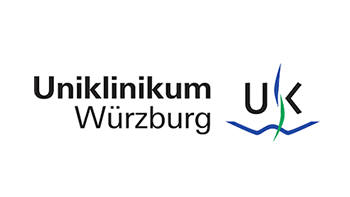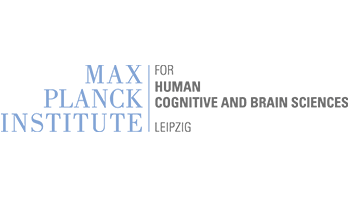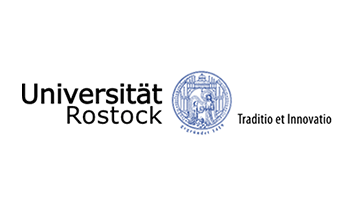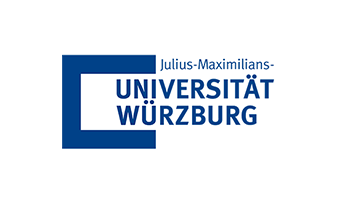Bahners BH, Lofredi R, Sander T, Schnitzler A, Kühn AA, Florin E.
Brain Stimul. 2024 Jan 18;17(1):109-111. doi: 10.1016/j.brs.2024.01.005. PMID: 38244771.
Abstract
Deep brain stimulation (DBS) is a highly effective treatment in therapy refractory movement disorders. However, its mechanisms of action are still elusive, and the proposed concepts are under debate. Using magnetoencephalography (MEG), noninvasive recordings of cortical neural activity can be performed during active DBS. However, MEG is prone to artefacts induced by electrical stimulation and movement of ferromagnetic DBS hardware components. The movement of these components results from arterial pulsation and minor head movements. To reduce DBS artefacts in MEG recordings several methods have been proposed. Although hardware and software characteristics may differ between DBS devices from different manufacturers, no systematic comparison between devices exists. The aim of the present study was thus to characterize DBS artefacts based on phantom recordings with three different DBS devices in two MEG systems and to test whether established artefact reduction methods can sufficiently reduce artefacts.










